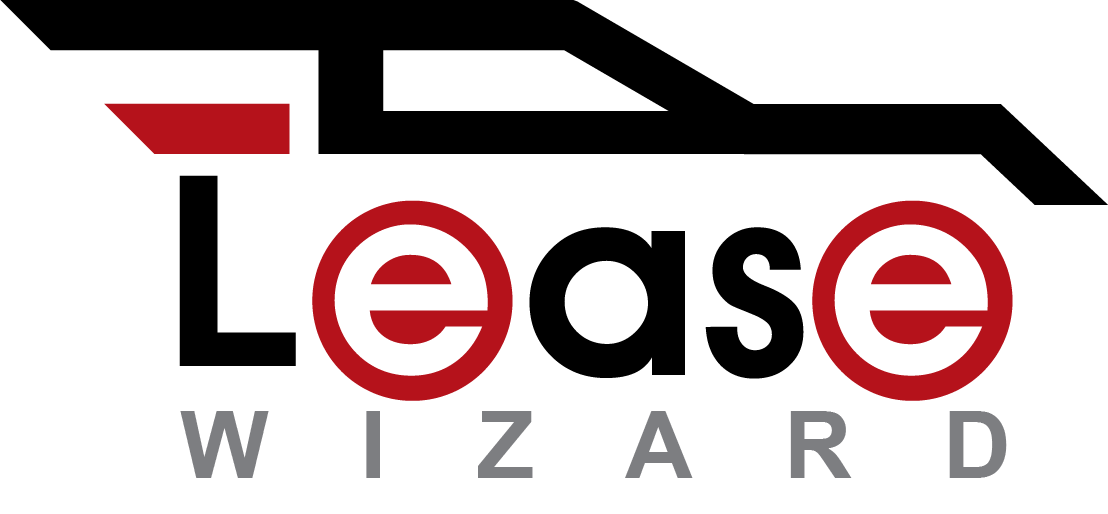**This post contains affiliate links and the publisher may be compensated if you make a purchase after clicking on these links.**
The auto buying experience has come along way; although it is still way behind other retail transactions of any size, and also slower and less convenient than other sizable transactions – in a lot of places the process of buying real estate, with a mortgage, still takes less time than a trip to the dealership where you show up knowing the vehicle you want and are paying cash. The most amazing thing is that while there’s been substantial improvement in much of the process, the reputation of car dealers/car salespeople is still among the lowest of any profession in the United States, as well as similar nations like Canada, the United Kingdom, and Australia.*
It is baffling that people would be willing to do business with people they think are going to trick them. However, the results never seem to change: car dealers are seen as among the three least trustworthy professions year in and year out in these various polls. Car salespeople move up off the bottom of these polls only in election years when people are reminded about what they really think of politicians. Obviously some people do find car salespeople as a whole trustworthy, and hopefully the people buying and leasing cars find their specific salesperson and other dealership representatives trustworthy – or they should shop elsewhere!
There’s more to a successful car shopping experience than not being tricked; that should be considered the bare minimum. Your research into your vehicle purchase or lease should accomplish two things: first is building a level of trust of the dealership and people who will be involved in your purchase/lease so that you know there’s no tricks, and second, that you also take care of getting as many figures and details in advance that will make your visit to the dealership a treat.
Tricks to Watch Out For
Overall, while the relative reputation of car dealerships and salespeople has not grown compared to other professions, it would seem that people are establishing trust with a dealership before visiting to close the deal – because the number of dealerships visited is now around 1.2 per car sold – meaning out of 5 car buyers, 4 of them only had to visit the one store they bought from, and the fifth person visited two stores. A generation ago this figure was between 2 and 3 because the average person did their comparison shopping by visiting 2 or 3 dealerships, and then would decide which to purchase from based on price, trust, and other factors. That said, just because more people are visiting just a single store where they will purchase from, do not settle for tricks and figure you’ll make it up by getting the manufacturer, BBB, or someone else involved after you close the deal. If something doesn’t sit well with you, get the dealership management involved. If they resolve it, great, if not, go elsewhere. Here’s three tricks to watch out for – none mean you should stop working with the dealership, but it should make you aware:
- The Foursquare: This is a specific method where the monthly payment is placed along three other factors: selling price of the car, cash down payment, and value of your trade-in vehicle. So each of those three get a square, and the resulting monthly payment is in the fourth (bottom-right) square. This could very well be used for your lease – and you should know the issue immediately: your monthly payment will be based on the money factor, residual, and term; as much as by these other factors. If you’re financing, again the interest rate and term are critical factors, but are not presented here. If you get the numbers you need in advance, you can avoid this trick.
- Call For Price: if you are looking to lease (or buy) a new vehicle, there may be a good reason for this: the agreement between the dealer and manufacturer is that the dealer will not publicly advertise the vehicle below MSRP. In that case, you should still be able to get a firm price in writing (in email or an attachment) from calling the dealership or contacting them through their website or by email. Sometimes that doesn’t work though, and here’s a great article on Jalopnik about dealing with “call for price” listings.
- Write-it / Fold-it / Silde-it: this is where you’re sitting down with the salesperson at the dealership who writes a figure on a piece of paper, folds it up (or just flips it upside down to hide the number), and slides it across the table to you. There could be a good reason they want to do this, but mostly this is a tactic that will not build trust, and also will leave you at a disadvantage. How low will they go? What should you respond with? The only reason you should be in this position is because you have switched your preference to a vehicle on which you didn’t get a price quote before coming to the dealership. And that happens – but use that vehicle you got a quote on as your anchor point: what was the discount offered there, and if the discount offered on this one is different, get facts as to why. Also, use your mobile phone to look up pricing data before committing to anything – the dealer knows the figure works for him/her. Make sure it’s also a fair market figure before proceeding. Also, instead of this “trick” a good salesperson will be walking you through a quote on the new vehicle that has some bit of context – why the vehicle comes at a certain discount (or even premium if the market drives it) from MSRP (or a respected value guide for a used vehicle), and what is and isn’t included in the figure.
Making Sure The Deal is a Treat
The other numbers that are important are sales tax and other government fees like license, title, registration, etc. You can research these for your state and county or ask the dealer – they can at least estimate them for you. In terms of money factor or interest rate, check your credit profile and score ahead of time (our partner Credit Sesame is a great way to get your score for free), and ask the dealer about rates for people with your credit profile. Once you have these numbers you won’t be subject to tricks like those above because you can calculate everything yourself. Our leasing calculator will help you, or if you prefer to buy the car with a loan, check out the Credit Wizard auto loan calculator.
*-Sources for profession reputation information: U.S.: Gallup | Canada: Huffington Post Canadian Edition | U.K.: AOL UK Edition | Australia: both The New Daily and Syndey Morning Herald
Next Article: “The More Things Change…”
Previous Article: “Dealing With a Car Accident”


Thanks for the excellent manual
Thanks, it is very informative
This is truly useful, thanks.
I spent a great deal of time to locate something like
this
Thanks, it’s very informative
I spent a lot of time to find something such as this
This is really helpful, thanks.
Thanks for the terrific post
This is really helpful, thanks.
I spent a lot of time to locate something similar to this
Thanks, it’s quite informative
It works quite well for me
It works quite well for me
Thanks, it is quite informative
It works very well for me
It works really well for me
Thanks, it is very informative
Thank you for the terrific post
Make a more new posts please 🙂
___
Sanny
Thanks for the terrific manual
It works quite well for me
This is actually helpful, thanks.